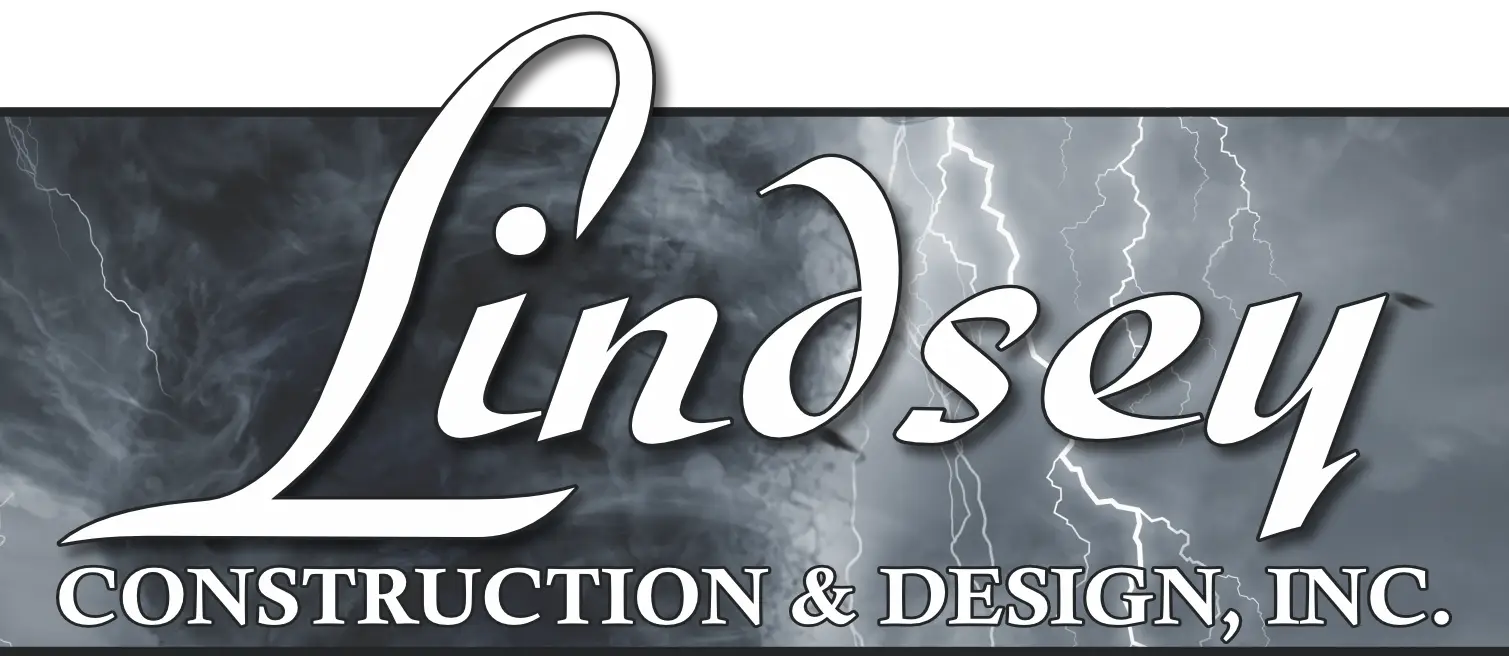Hail Damage
Hail Damage
If you have experienced a hail storm in your community, you know it’s hard to miss. Even small hailstones make their presence known as they hit windows, roofs, and siding. The damage they can cause, however, is not so obvious.
Areas Most Vulnerable
Areas most vulnerable to hail are roofs and siding, and they can be impacted even if the hail is relatively small. Hail that is less than an inch in diameter can leave visible damage on aluminum siding, but roof damage is harder to see and needs a close inspection by a trained eye.
When hail strikes, schedule an inspection immediately. Let Lindsey Construction handle the details.
Hire an expert
If you suspect your home may have been damaged by hail, you can check your siding during morning or evening hours, when sunlight will cast shadows that make dents and cracks easier to see. Check your roof from the ground for evidence of any missing shingles, but contact the experts at Lindsey Construction before attempting any close inspection of your roof.
Our trained professionals will go up on your roof to perform an up-close inspection. They know what to look for when they inspect your siding and roof after a hail storm. Even the smallest crack, chip, or soft spot could cause big problems down the road, and our experts understand what your insurance company needs to approve your claim.
What does hail damage look like?
Siding and roof damage can vary greatly depending on the severity of the storm. Aluminum siding may show dents, while vinyl siding may crack. More minor damage may be evident only as a chip, but even small chips and cracks can expose material beneath to moisture and cause problems later.
Roof shingles can crack in a severe hail storm, but in many cases, damage is a soft spot on a shingle or a smudge where the granules were lost due to impact. It is hard to see, but if such damage is not repaired, moisture can seep under the shingles and cause leaks and premature aging of your roof.
